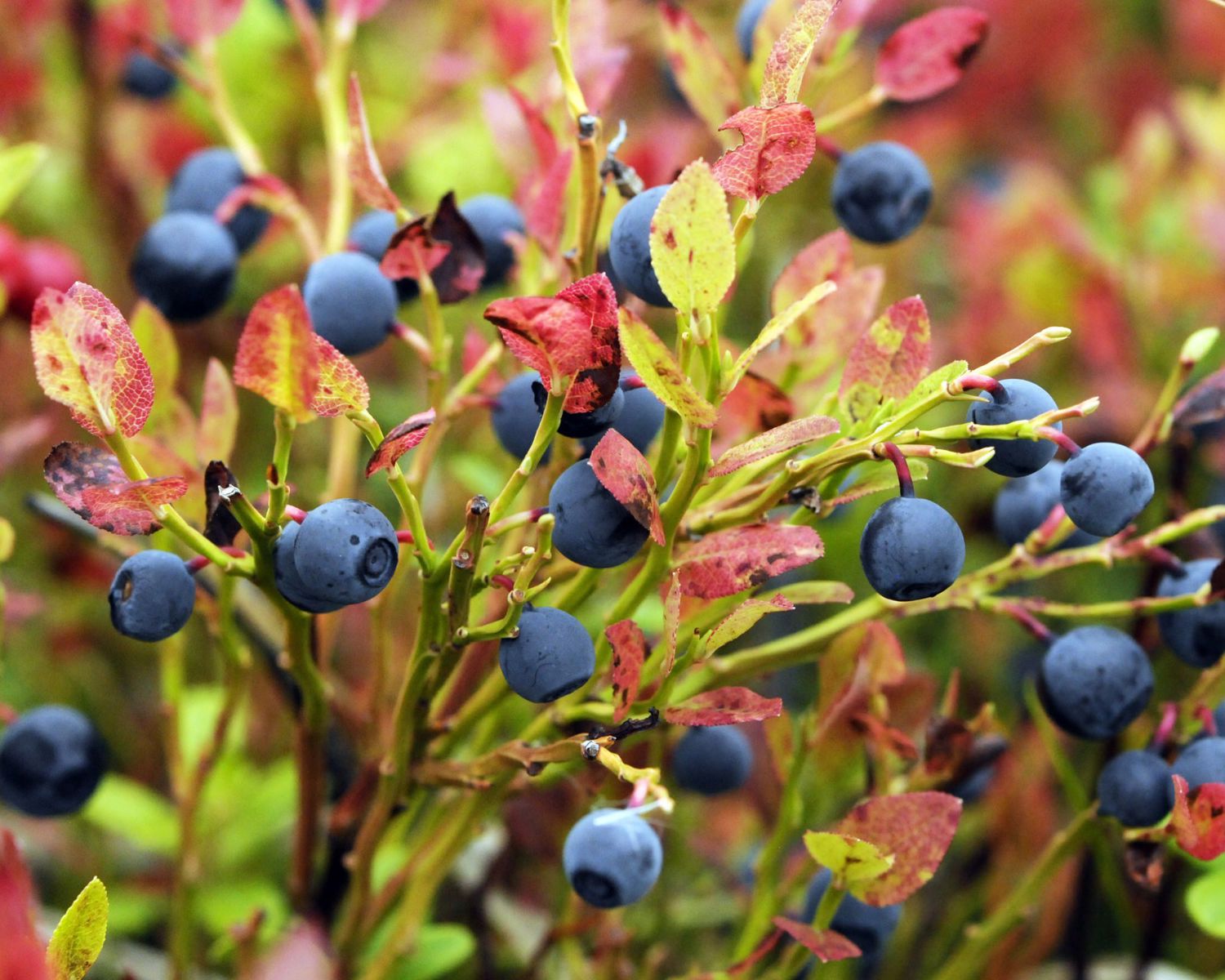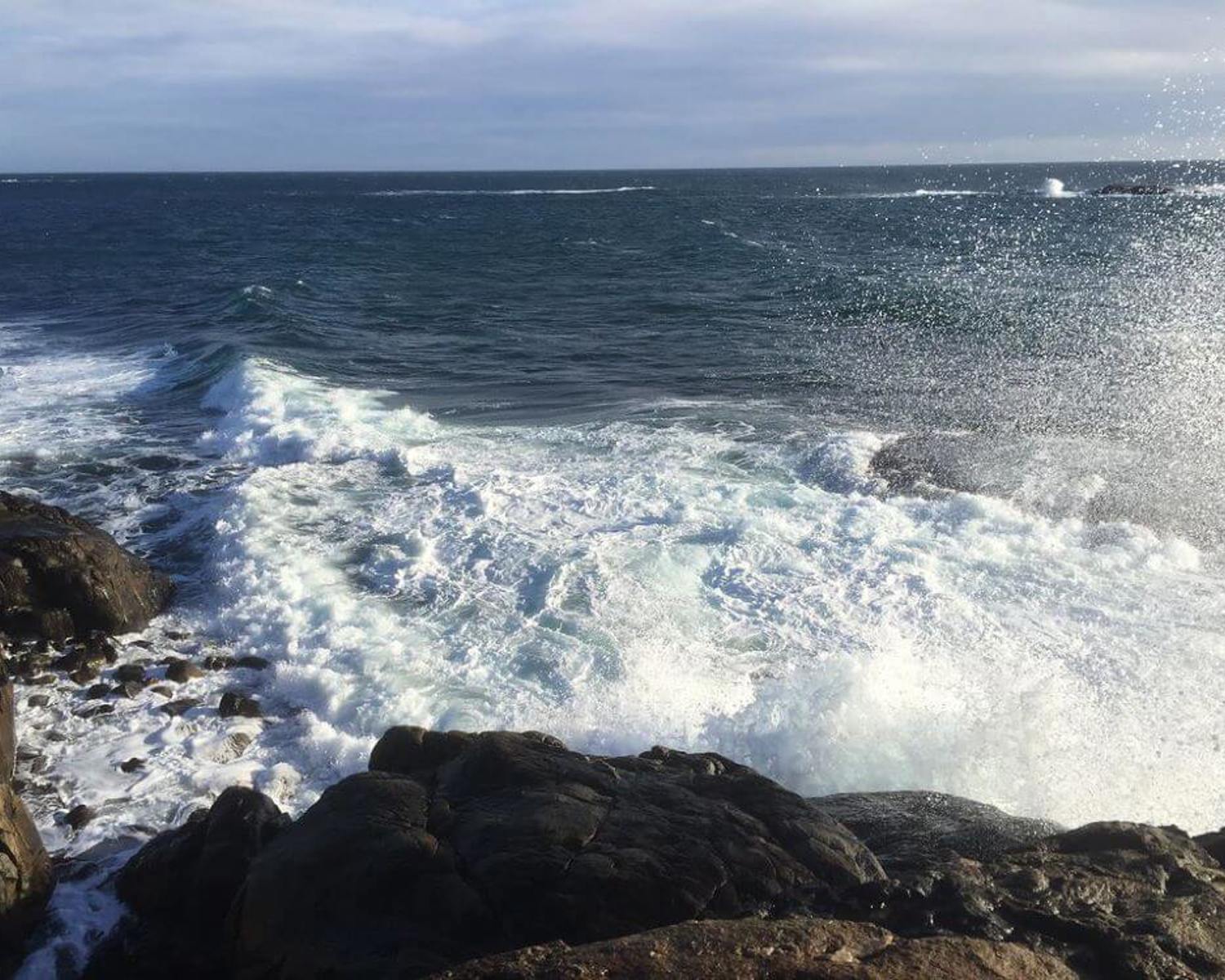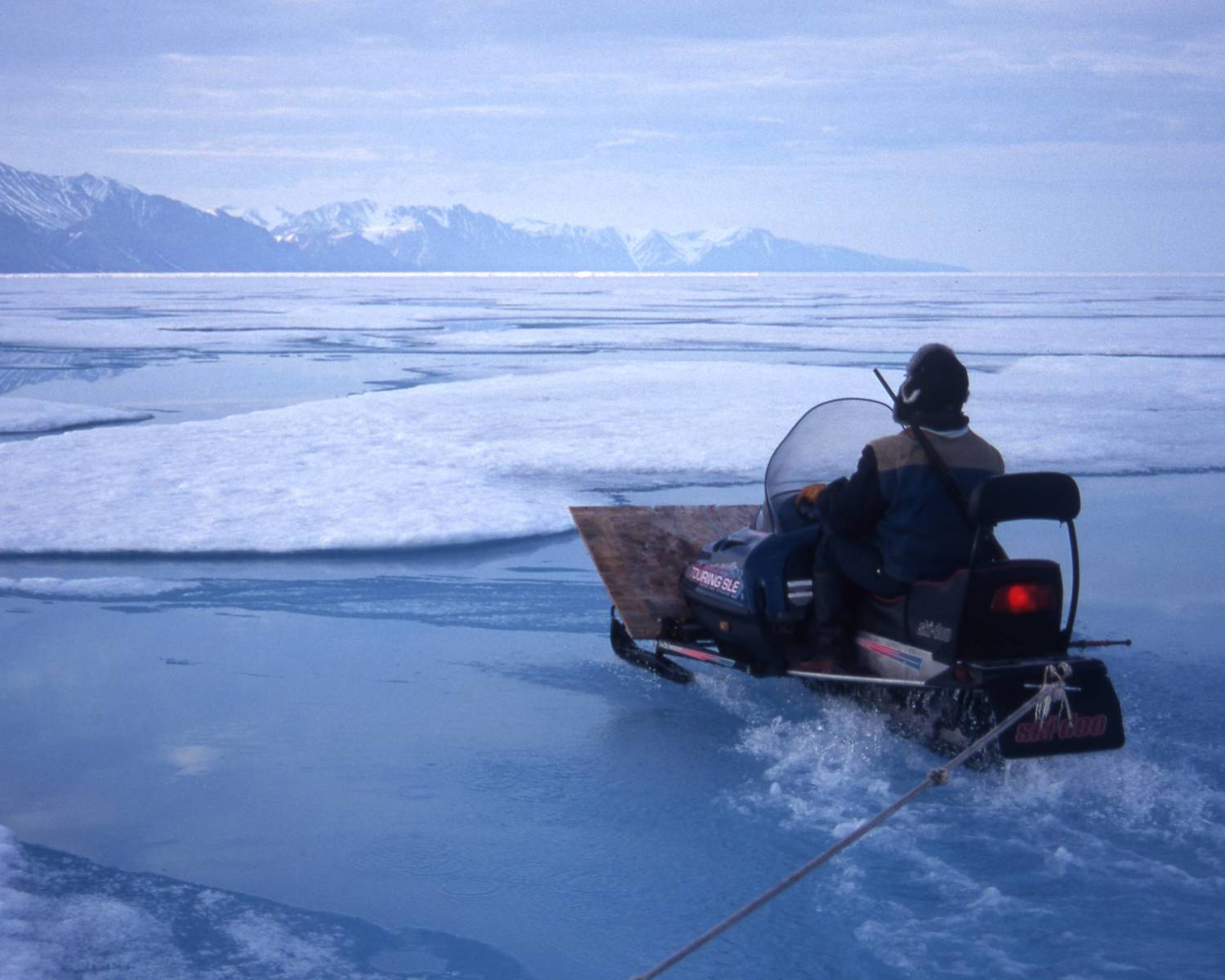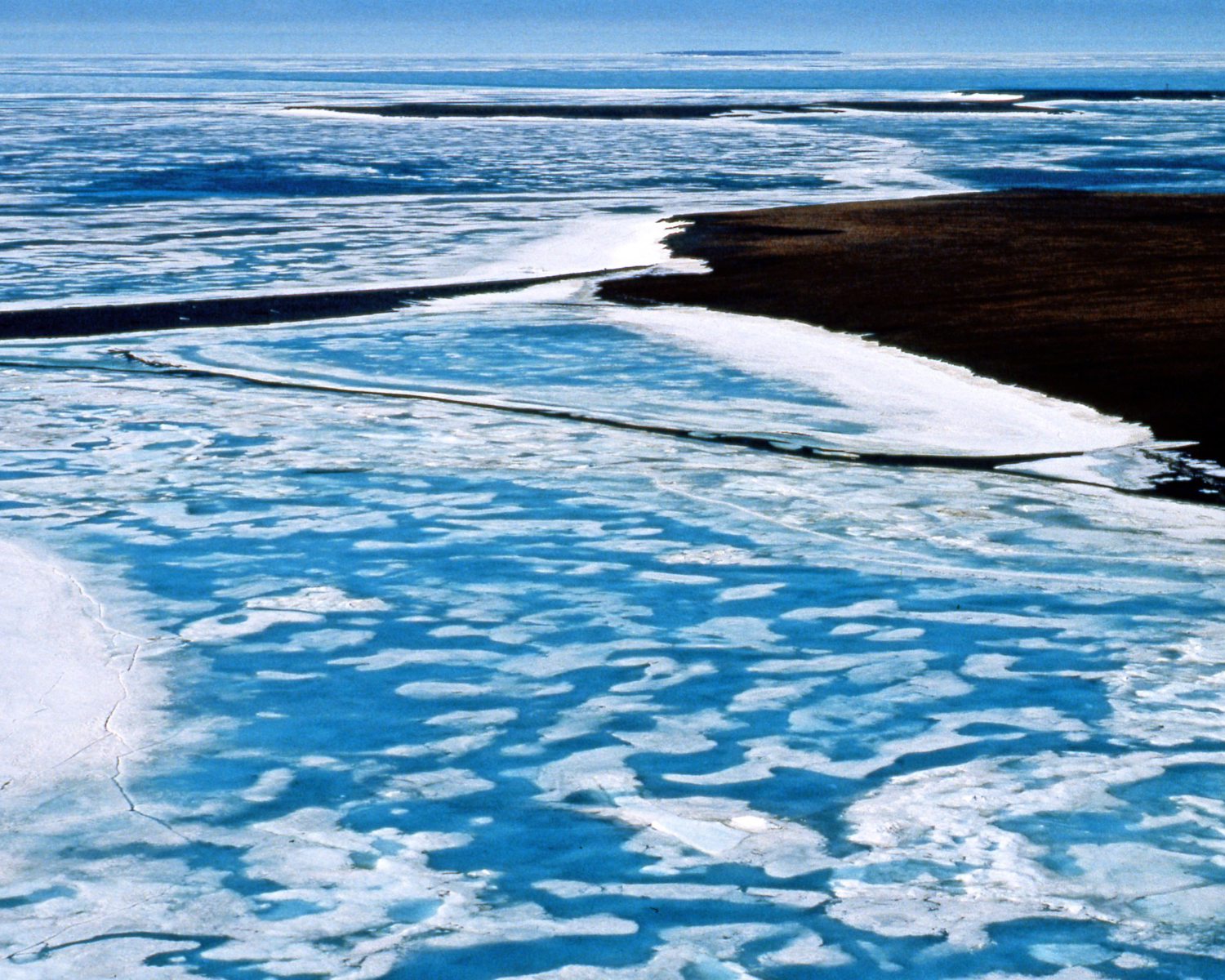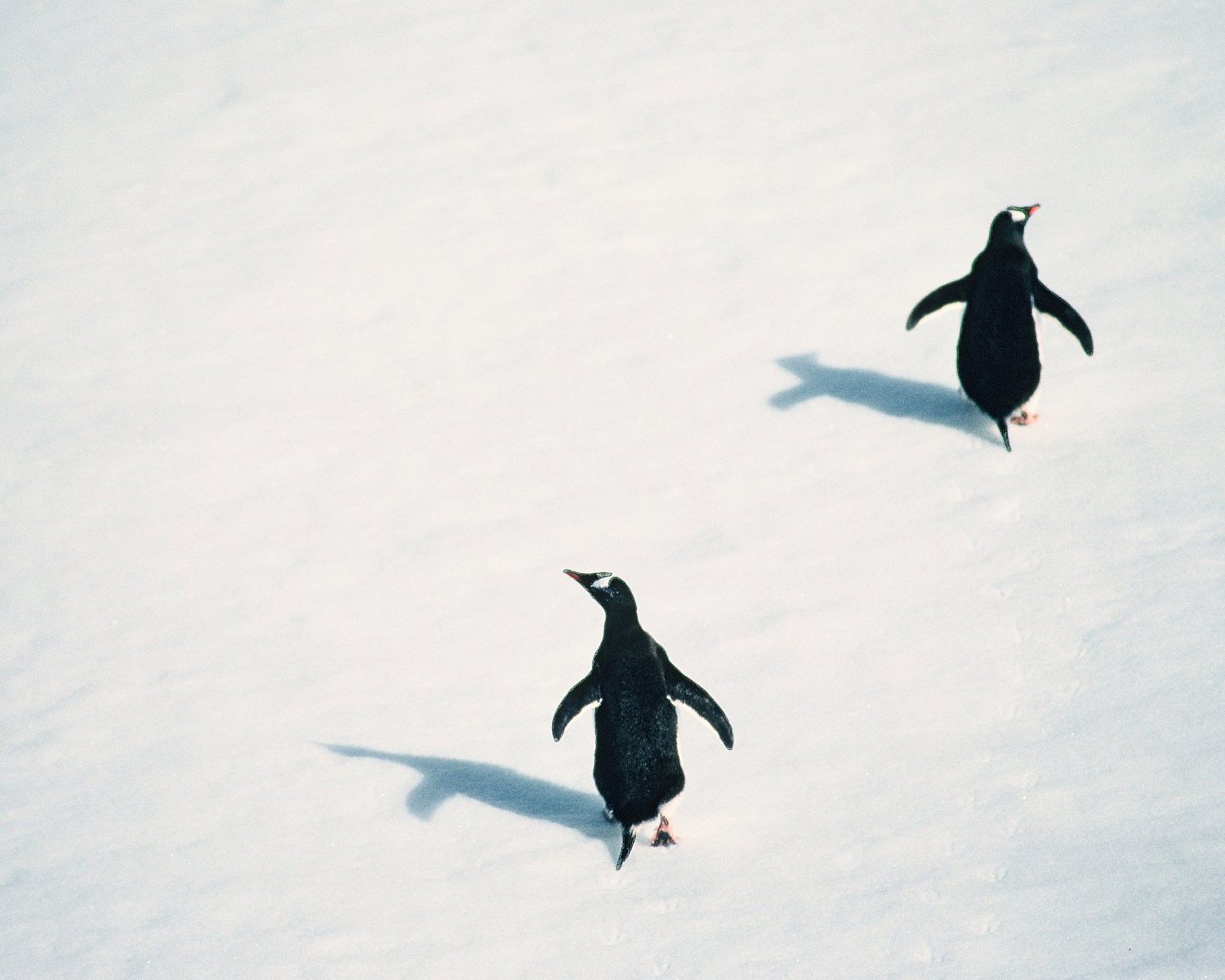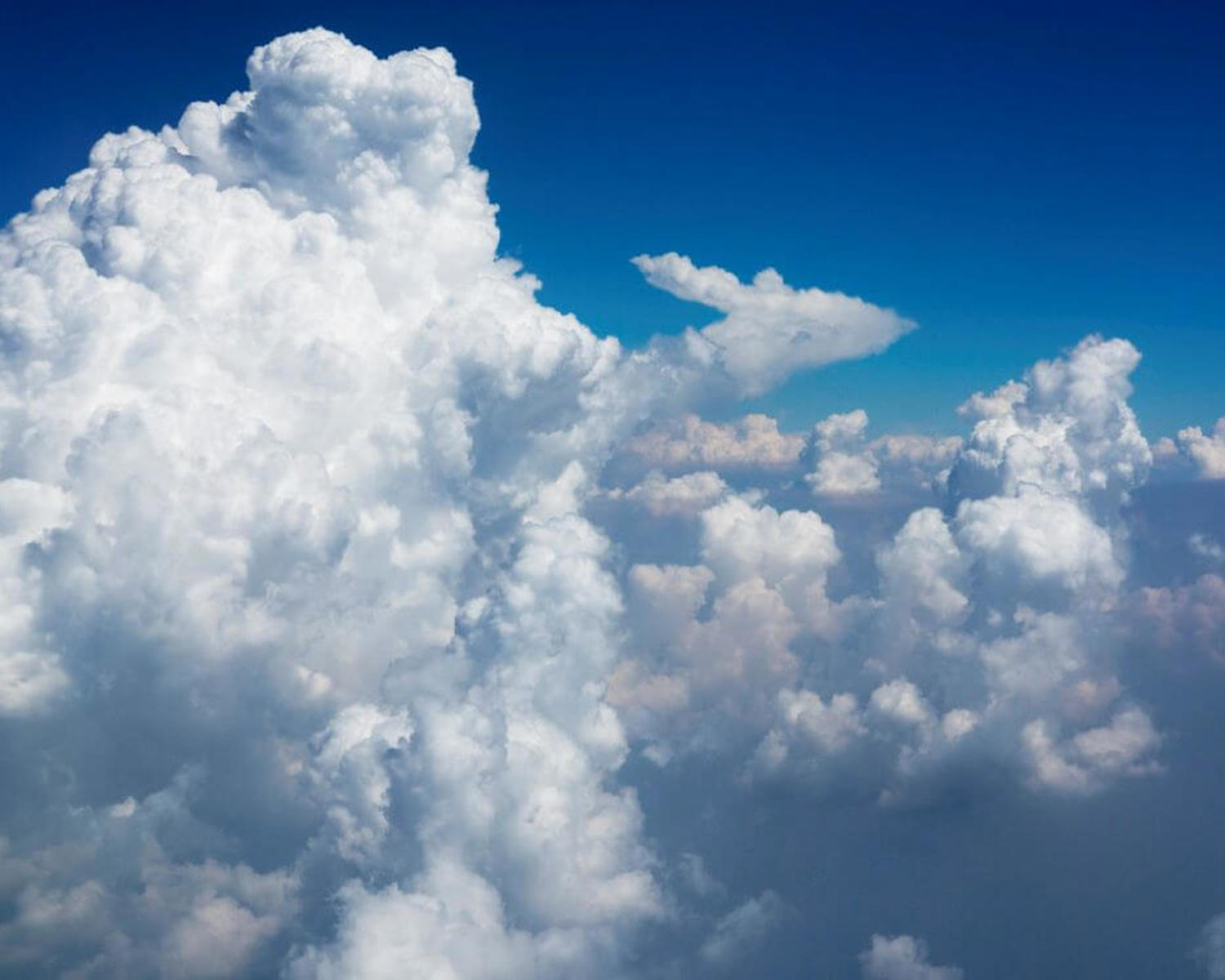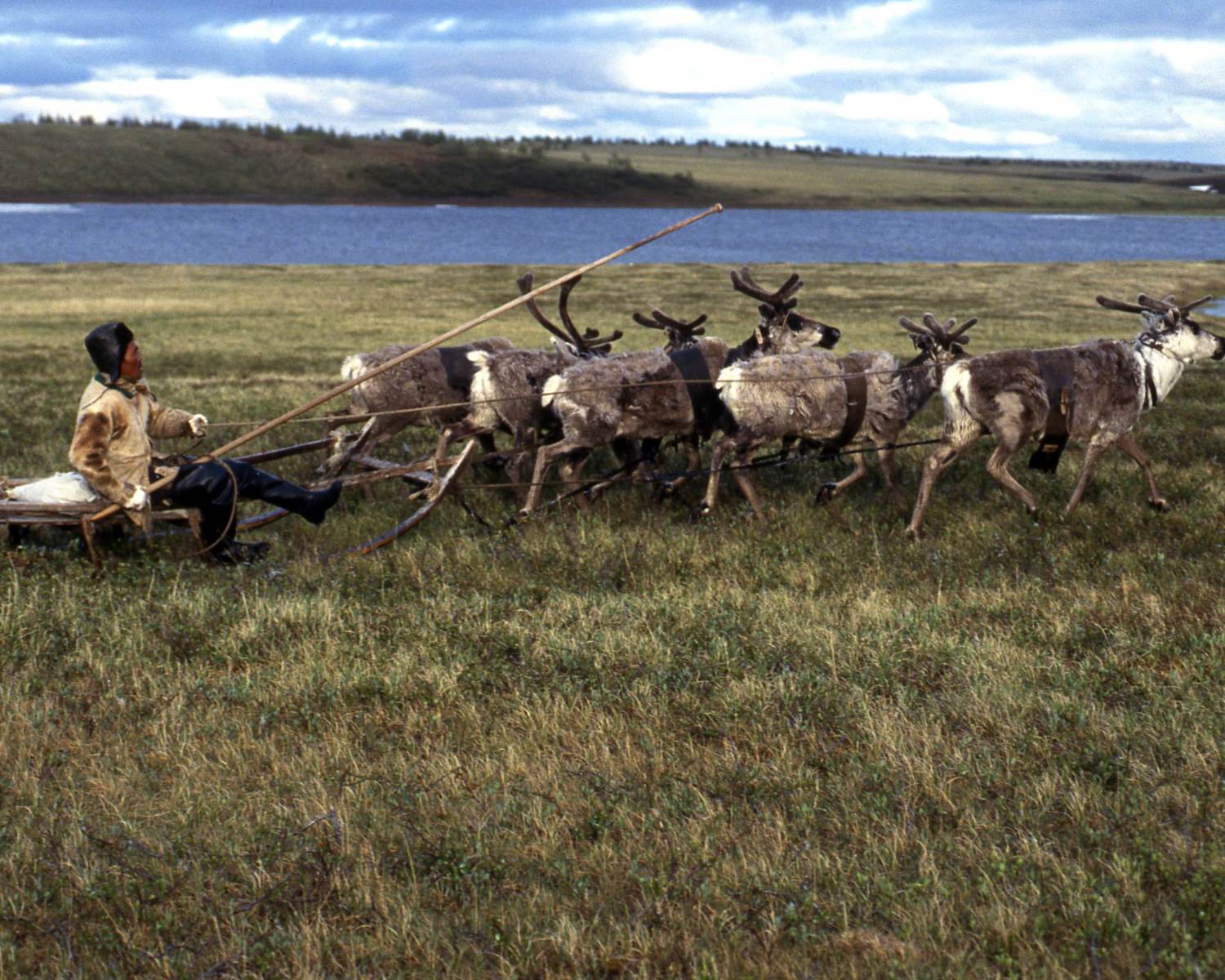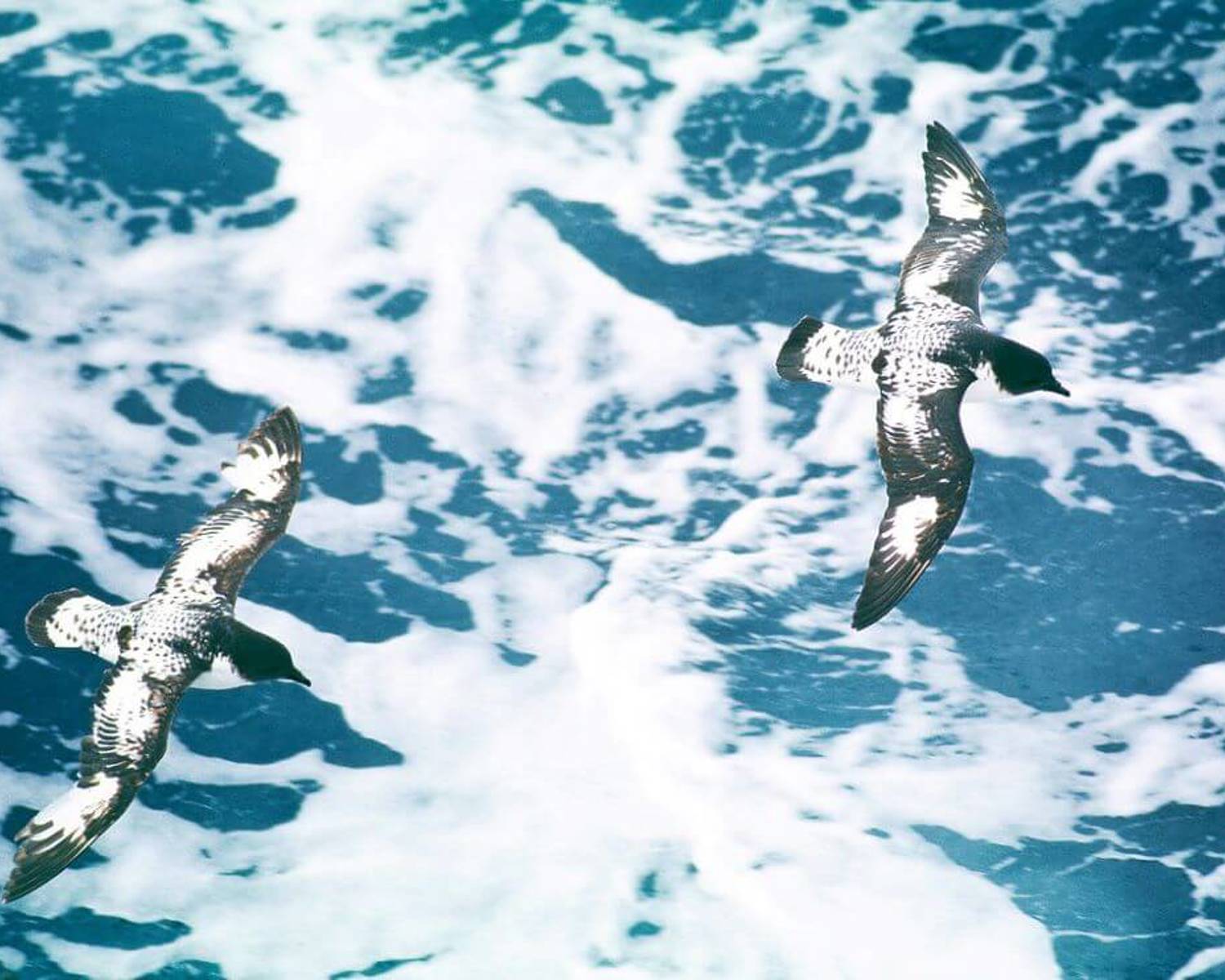Glacier insulation with fabrics
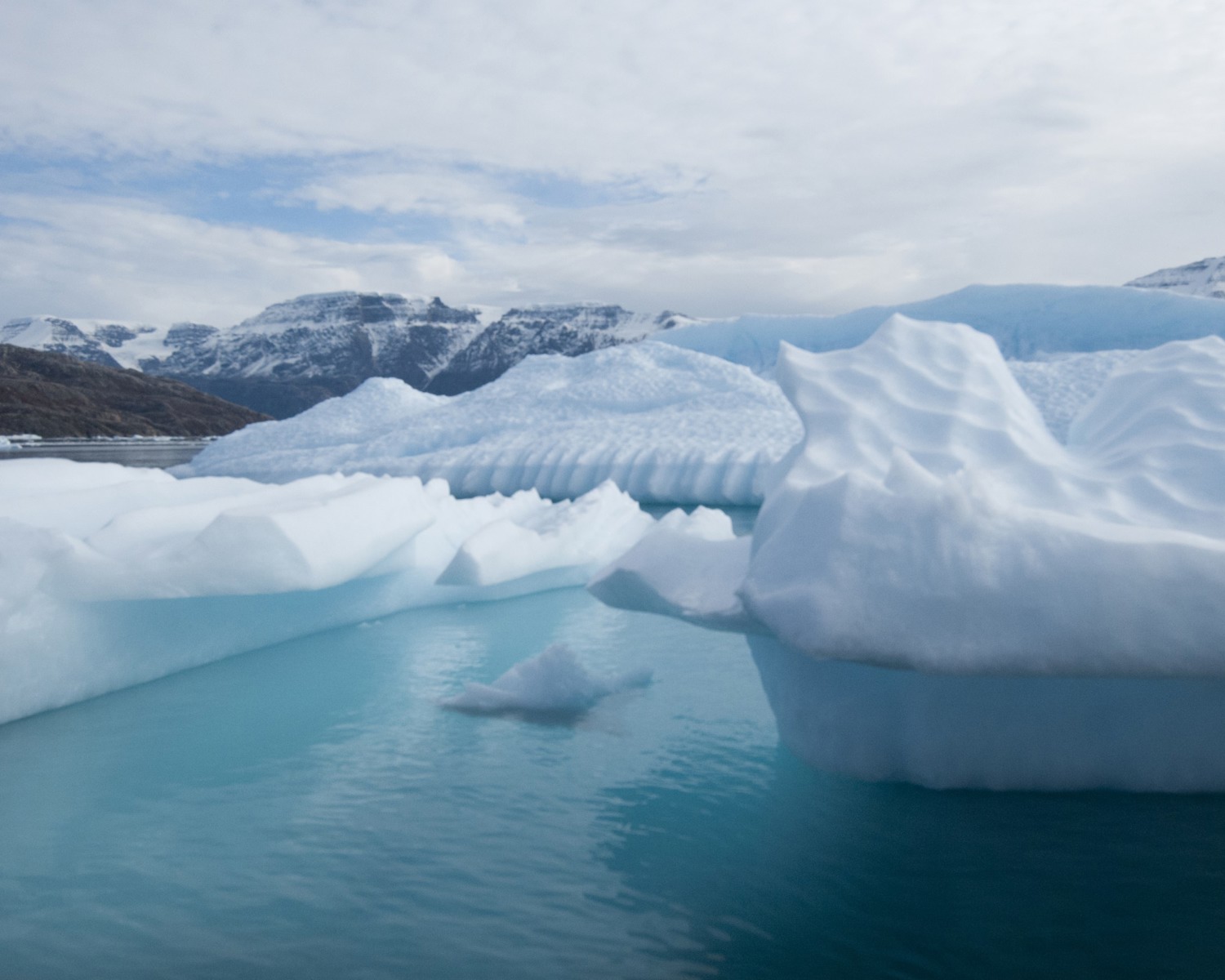
One method to increase the albedo of individual glaciers already in use is to wrap them in reflective materials.
One method to increase the albedo of individual glaciers already in use is to wrap them in reflective materials. Most cover projects focus on the European Alps (see, for example, Senese et al. 2020), where coverage is also used for skiing areas. However, there are also studies on the potential of non-tourism related glacier coverage in Asia (Liu et al. 2022) and Eastern Antarctica (Engel et al. 2022).
Analysis overview

Technological Readiness Level (TRL)
High 3
Glaciers are already being covered at several sites and seems to be able to reduce some of the melt. Such glacier coverage by various forms of materials has been relatively well studied (Olefs and Lehning, 2010; Huss et al. 2021). Many studies and already existing projects use geotextiles, consisting of polyester or polypropylene fibers (Senese et al. 2020). Liu et al. (2022) find that nanofibres hold specific advantages over geotextiles, and some speculate that radiative cooling techniques could hold great promise for the future (Li et al 2022, See Passive radiative cooling).
Technological Readiness Level (TRL)
A technology with a TRL of 7-9: TRL 7 – prototype demonstrated; TRL 8 – system complete; TRL 9 – system proven

Scalability
Low 1
Scalability
Physically unable to scale; sub-linear/logarithmic efficiency of scalability

Timeliness for near-future effects
High 3
Timeliness for near-future effects
Implemented in time to make a significant difference

Northern + Arctic potential
Low 1
Engel et al. (2022) found that 'the protection of glacier surface with non-woven geotextile covers reduced the snow and ice ablation by 40 to 69%' in Antarctica, suggesting specific glaciers in the Arctic and Northern regions might benefit from such a measure. In a study on 9 Swiss sites where the technology is used, Huss et al (2021) found that only '300,000 m3 yr−1 of ice have been saved… [i]n comparison to roughly 1 km3 yr−1 of total Swiss glacier mass loss'. This is only a reduction of 0.03%. For any meaningful reduction in glacier melt deployment would have to be done at a very large scale.
Northern + Arctic potential
No noticeable extra positive effect beyond the global average; technology is unsuited to the Arctic

Global potential
Low 1
Global potential
Insignificant to be detected at a global scale

Cost - benefit
Prohibitive 1
Huss et al. (2021) found a price of 0.6 and 7.9 CHF m−3 of saved glacier ice per year. If applied on all Swiss glaciers, they conclude this measure would cost more than 1 billion CHF per year, which, at a carbon cost of 30 CHF per ton of CO2, is more than would be needed to compensate for all the country’s CO2-emissions. This prohibitively high price tag confirms the findings of Abermann et al. (2022) that glacier stabilization techniques are far too costly for almost all of the world's glaciers.
Cost - benefit
Cost of investment comparable to cost of avoided damage

Environmental risks
Low risk 3
Huss et al. (2021) warn that 'Geotextiles placed on glacier ice might have a suite of negative effects for the local environment and downstream water quality' and that these effects would especially need to be researched further if larger areas were to be covered.
Environmental risks
Very limited, site-specific effects restricted to the solution deployment location only

Community impacts
Beneficial 3
Community impacts
Significant benefits to communities

Ease of reversibility
Easy 3
Ease of reversibility
Easily reversible naturally

Risk of termination shock
Low risk 3
Risk of termination shock
Low or insignificant termination shock or damage

Legality/governance
Possible 3
Legality/governance
Currently legal to deploy, with governance structures in place to facilitate it and/or financial incentives to develop it

Scientific/media attention
High 3
Scientific/media attention
Numerous scientific papers with substantial funding and ongoing research groups; significant media attention and "hype"; many companies exploring commercialization options
References
Abermann, J., Theurl, M., Frei, E., Hynek, B., Schöner, W., & Steininger, K. W. (2022). Too expensive to keep—bidding farewell to an iconic mountain glacier?. Regional Environmental Change, 22(2), 51. https://doi.org/10.1007/s10113-022-01912-4
Engel, Z., Láska, K., Matějka, M., & Nedělčev, O. (2022). Effect of geotextile cover on snow and ice melt on Triangular Glacier, the north-eastern Antarctic Peninsula. Czech Polar Reports, 12(2), 256-268.
Huss, M., Schwyn, U., Bauder, A., & Farinotti, D. (2021). Quantifying the overall effect of artificial glacier melt reduction in Switzerland, 2005–2019. Cold Regions Science and Technology, 184, 103237. https://doi.org/10.1016/j.coldregions.2021.103237
Li, J., Liang, Y., Li, W., Xu, N., Zhu, B., Wu, Z., ... & Zhu, J. (2022). Protecting ice from melting under sunlight via radiative cooling. Science advances, 8(6), eabj9756. https://doi.org/10.1126/sciadv.abj9756
Liu, S., Wang, F., Xie, Y., Xu, C., Xue, Y., Yue, X., & Wang, L. (2022). Quantifying the Artificial Reduction of Glacial Ice Melt in a Mountain Glacier (Urumqi Glacier No. 1, Tien Shan, China). Remote Sensing, 14(12), 2802. https://doi.org/10.3390/rs14122802
Olefs, M., & Lehning, M. (2010). Textile protection of snow and ice: Measured and simulated effects on the energy and mass balance. Cold Regions Science and Technology, 62(2-3), 126-141. https://doi.org/10.1016/j.coldregions.2010.03.011
Senese, A., Azzoni, R. S., Maragno, D., D'Agata, C., Fugazza, D., Mosconi, B., ... & Diolaiuti, G. (2020). The non-woven geotextiles as strategies for mitigating the impacts of climate change on glaciers. Cold Regions Science and Technology, 173, 103007. https://doi.org/10.1016/j.coldregions.2020.103007

